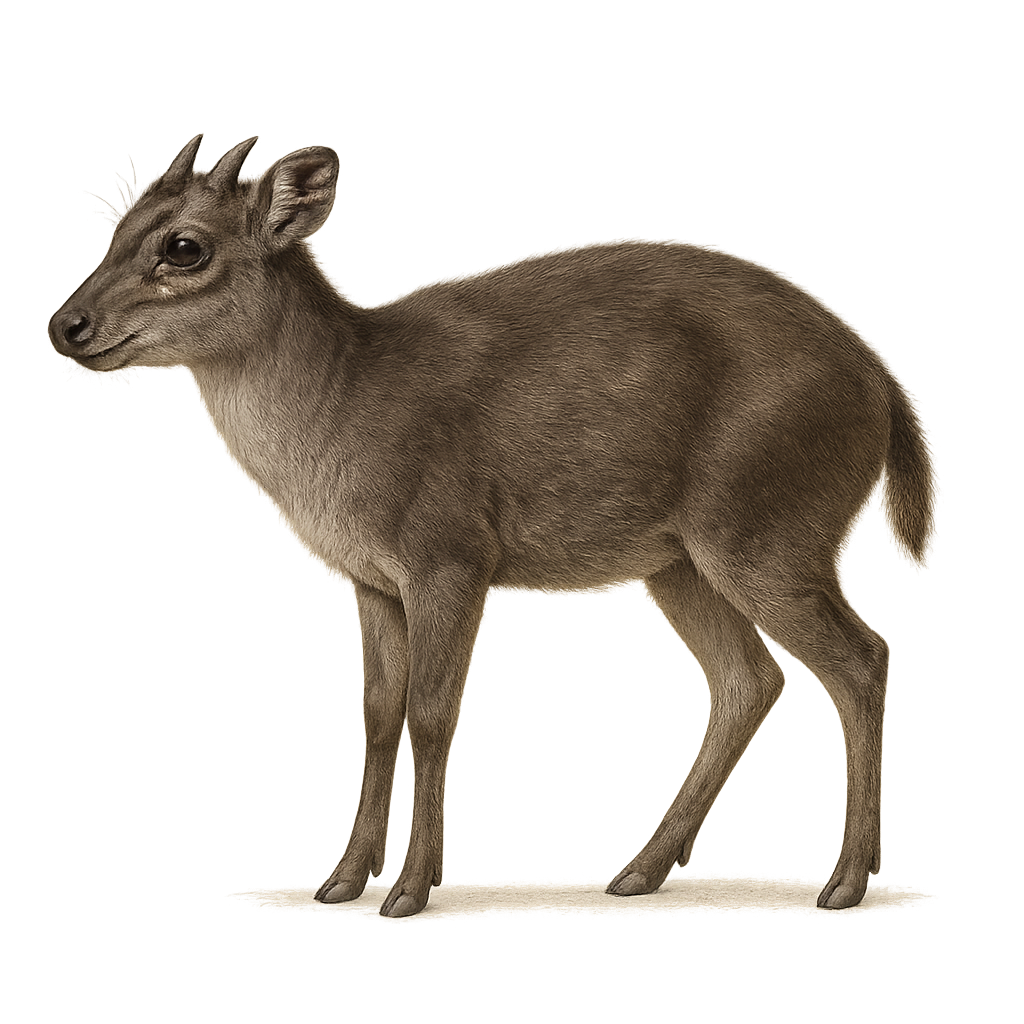Your wildlife photography guide.
Explore the blue duiker in detail, study its behavior, prepare your shots.
Where to observe and photograph the blue duiker in the wild
Learn where and when to spot the blue duiker in the wild, how to identify the species based on distinctive features, and what natural environments it inhabits. The WildlifePhotographer app offers tailored photography tips that reflect the blue duiker’s behavior, helping you capture better wildlife images. Explore the full species profile for key information including description, habitat, active periods, and approach techniques.
Blue duiker
Scientific name: Cephalophus monticola

IUCN Status: Least Concern
Family: BOVIDAE
Group: Mammals
Sensitivity to human approach: Very shy
Minimum approach distance: 10 m
Rut period: May to June
Gestation: 180-210 jours
Births: November to December
Habitat:
Dense forests, wooded areas, moist savannas
Activity period :
Primarily active during the day, with peak activity in the morning and late afternoon.
Identification and description:
The Cephalophus monticola, commonly known as the blue duiker, is a small mammal from the Bovidae family. It is one of the smallest antelopes, standing about 30 to 40 cm tall at the shoulder and weighing between 3 and 6 kg. Its coat is typically reddish-brown with shades of gray, allowing it to blend effectively into its natural habitat. It is primarily nocturnal and crepuscular, feeding on leaves, fruits, and flowers. The blue duiker is solitary or lives in small family groups. It is very shy and uses its agility to escape predators. It is mainly found in dense forests and wooded areas of Central and East Africa.
Recommended lens:
400 mm – adjust based on distance, desired framing (portrait or habitat), and approach conditions.
Photography tips:
To photograph the blue duiker, it's essential to be discreet and patient. Use a telephoto lens of at least 400mm to capture detailed images from a distance without disturbing the animal. Choose times of the day when the light is soft, such as early morning or late afternoon, to get well-lit photos. Stay still and silent to avoid scaring the very shy duiker. Focus on natural habitats like dense forests to increase your chances of an encounter.
The WildlifePhotographer App is coming soon!
Be the first to explore the best nature spots, track rutting seasons, log your observations, and observe more wildlife.
Already 1 439 wildlife lovers subscribed worldwide

